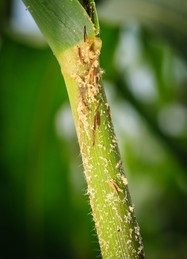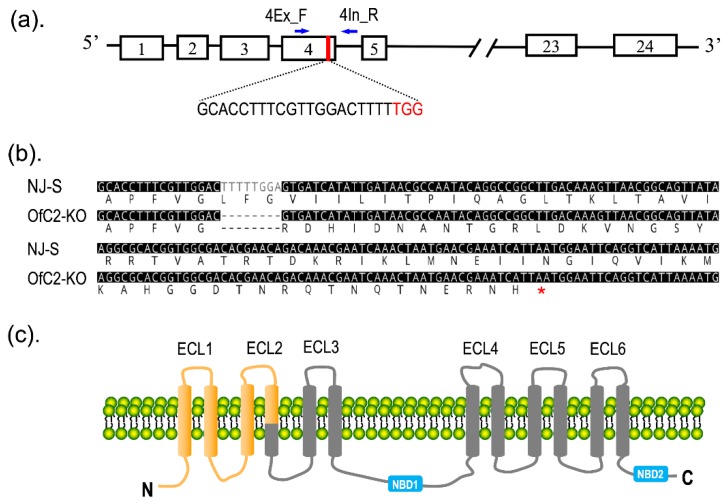The Asian corn borer (Ostrinia furnacalis), belonging to the family Lepidoptera, Crambidae, feeds on stalks, ears stalks, and rachises with its larvae, which has a wide distribution and a large area of occurrence and seriously affects corn production and quality in corn-producing areas.

Maize is one of the most important food crops for human beings, and it is the first in total production and second in trade among the world's food crops. Maize is not only an important food crop for human survival in the world but also an excellent feed for the development of animal husbandry. Maize in the production process by a variety of biotic and abiotic factors, including the occurrence and prevalence of pests, diseases and weeds is an important factor directly affecting the yield of maize, the Ostrinia furnacalis serious occurrence, can cause a 30% reduction in maize production, or even grain.
Lifeasible has established an efficient gene-editing platform for Ostrinia furnacalis to provide a new strategy for Ostrinia furnacalis research and green control (reducing the use of chemical control methods).
Transgenic crops expressing the Bt (Bacillus thuringiensis) insecticidal Cry (crystalline) protein have been commercialized worldwide since 1996. Widespread adoption of Bt crops has suppressed pest populations, reduced pesticide use, facilitated biological control services, and benefited growers economically.
However, the efficacy of Bt crops is threatened by the evolution of resistant adaptations in target pests. Several proteins have been identified and characterized as receptors for Cry toxins, and one of the main mechanisms of Cry toxin resistance is through disruption of receptor genes that reduce the binding of toxins to their receptors in specific larvae. disruption of the ABC (ATP-binding cassette) transporter protein subfamily C2 (ABCC2) gene has been identified as pest Cry1Ac resistance.
 Figure 1. CRISPR/Cas9-mediated editing of the OfABCC2 gene. (Wang X, et al. 2020)
Figure 1. CRISPR/Cas9-mediated editing of the OfABCC2 gene. (Wang X, et al. 2020)
Lifeasible knocked out OfABCC2 using a CRISPR/Cas9-mediated gene editing system and constructed a pure mutant (OfC2-KO), and toxicity bioassays also showed that the OfABCC2 knockout mutant acquired high resistance to Cry1Fa.
Reference: